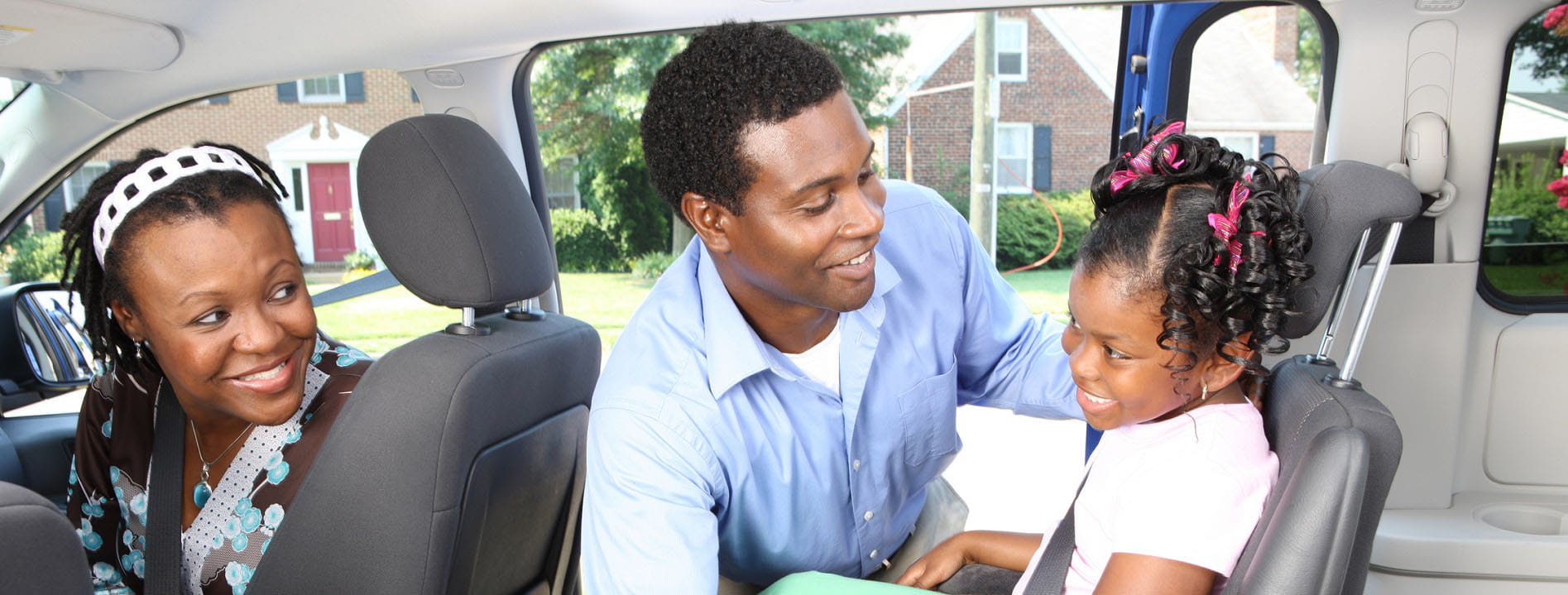Car Seat Help
Do you need assistance with your car seat? If so, Child Safety Seat Inspection Stations are here to help. Please call 1-800-KID-N-Car or click the button below for further information.
More Information Car Seat Help
Trainings
The National Child Passenger Safety Certification Training Programs prepares child passenger safety technicians to help families make sure their children are riding safely. In Indiana, there are over 1,000 child passenger safety technicians. Are you interested in learning more about this training and others offered by the Automotive Safety Program?
More Information Trainings
Adaptive Transportation
Some children have medical conditions or procedures that affect how they travel. The Automotive Safety Program has information and resources available for caregivers and medical professionals.
More Information Adaptive Transportation




